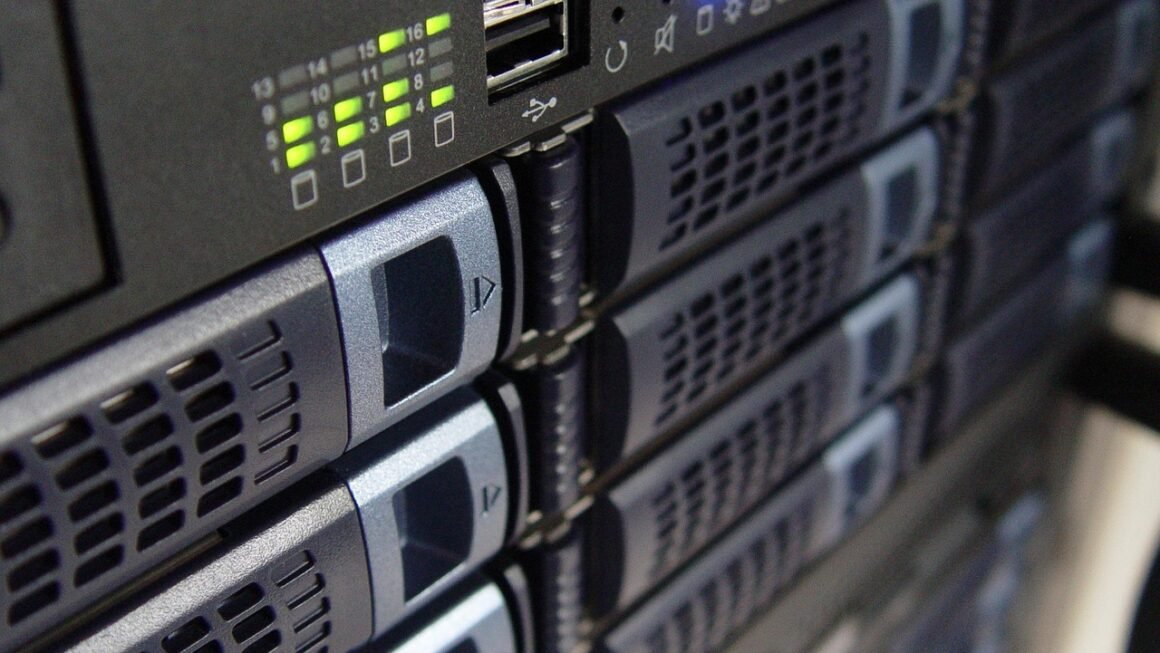Robotics, once a futuristic fantasy, is now a tangible reality transforming industries and daily life. From automated manufacturing lines to sophisticated surgical assistants, robots are increasingly integrated into our world. This blog post will delve into the exciting world of robotics, exploring its core components, diverse applications, and future trends.
What is Robotics?
Defining Robotics
Robotics is an interdisciplinary field that integrates computer science, mechanical engineering, electrical engineering, and other disciplines to design, construct, operate, and apply robots. It’s not simply about building machines; it’s about creating intelligent systems capable of performing tasks autonomously or with minimal human intervention.
- Robots can be programmed to perform repetitive, dangerous, or complex tasks.
- They can operate in environments that are unsafe or inaccessible to humans.
- Robotics aims to enhance efficiency, precision, and safety across various sectors.
Key Components of a Robot
Understanding the anatomy of a robot is crucial to grasping its capabilities. These are the core components:
- Sensors: These are the robot’s “eyes” and “ears,” providing data about the environment. Examples include:
Cameras (for visual input)
Lidar (for distance measurement)
Force sensors (for tactile feedback)
Proximity sensors (for detecting nearby objects)
- Actuators: These are the robot’s “muscles,” responsible for movement. Common actuators include:
Electric motors (for precise and controlled motion)
Hydraulic cylinders (for high-force applications)
Pneumatic cylinders (for fast and lightweight movements)
- Controllers: The “brain” of the robot, processing sensor data and controlling the actuators. This involves:
Microprocessors (for general-purpose computing)
Microcontrollers (for real-time control)
Programmable Logic Controllers (PLCs) for industrial automation.
- Power Source: Provides the energy required for the robot to operate, such as:
Batteries (for mobile robots)
AC power (for stationary robots)
* Fuel cells (for long-duration operations)
Applications of Robotics Across Industries
Manufacturing
Robotics has revolutionized manufacturing, leading to increased efficiency and reduced costs.
- Automated Assembly Lines: Robots perform repetitive tasks like welding, painting, and assembly with speed and precision. For example, automotive factories heavily rely on robotic arms for welding car bodies.
- Material Handling: Robots can safely and efficiently move heavy materials, reducing the risk of workplace injuries.
- Quality Control: Robots equipped with vision systems can inspect products for defects, ensuring high-quality standards.
Healthcare
Robotics is transforming healthcare, offering innovative solutions for diagnosis, treatment, and rehabilitation.
- Surgical Robots: Robots like the Da Vinci Surgical System enhance precision and control during complex surgeries. Surgeons control the robot’s movements remotely, resulting in smaller incisions, reduced blood loss, and faster recovery times.
- Rehabilitation Robots: These robots assist patients in regaining motor skills after a stroke or injury. They provide personalized therapy and track progress.
- Pharmacy Automation: Robots dispense medications accurately and efficiently, reducing the risk of errors and improving patient safety.
Logistics and Warehousing
Robotics is streamlining logistics and warehousing operations, improving efficiency and reducing delivery times.
- Automated Guided Vehicles (AGVs): AGVs transport goods within warehouses and factories without human intervention.
- Automated Storage and Retrieval Systems (AS/RS): These systems automatically store and retrieve items from shelves, optimizing space utilization and reducing labor costs.
- Delivery Robots: Autonomous robots are being used to deliver packages and groceries directly to customers, especially in urban areas.
Agriculture
Robotics is making agriculture more efficient and sustainable.
- Autonomous Tractors: These tractors can plow, plant, and harvest crops without human operators.
- Drones: Drones equipped with sensors can monitor crop health, identify pests, and apply pesticides or fertilizers precisely.
- Robotic Harvesters: Robots can selectively harvest fruits and vegetables, reducing labor costs and minimizing waste.
Exploration and Hazardous Environments
Robots are indispensable for exploring environments that are too dangerous or inaccessible for humans.
- Space Exploration: Rovers like Curiosity and Perseverance explore Mars, collecting data and searching for signs of life.
- Disaster Response: Robots can search for survivors in collapsed buildings, inspect damaged infrastructure, and handle hazardous materials.
- Underwater Exploration: Remotely Operated Vehicles (ROVs) explore the ocean depths, studying marine life and inspecting underwater structures.
The Future of Robotics: Trends and Innovations
Artificial Intelligence (AI) Integration
AI is playing an increasingly important role in robotics, enabling robots to learn, adapt, and make decisions autonomously.
- Machine Learning: Robots can learn from data to improve their performance over time.
- Computer Vision: Robots can “see” and interpret images, allowing them to navigate complex environments and identify objects.
- Natural Language Processing (NLP): Robots can understand and respond to human commands, making them easier to interact with.
Collaborative Robots (Cobots)
Cobots are designed to work safely alongside humans in shared workspaces.
- They are equipped with sensors and safety mechanisms to prevent collisions and injuries.
- Cobots can assist humans with repetitive or physically demanding tasks, improving productivity and reducing the risk of strain.
- Example: A cobot working alongside a human on an assembly line, providing assistance with holding parts or tightening screws.
Soft Robotics
Soft robots are made from flexible materials, allowing them to adapt to complex shapes and perform delicate tasks.
- They are ideal for applications such as healthcare, where they can be used for minimally invasive surgery or rehabilitation.
- Soft robots can also be used in manufacturing to handle fragile objects or navigate tight spaces.
Ethical Considerations
As robots become more sophisticated, it’s essential to address ethical concerns.
- Job Displacement: Automation may lead to job losses in certain industries.
- Bias and Fairness: AI algorithms can perpetuate existing biases, leading to unfair or discriminatory outcomes.
- Autonomous Weapons: The development of autonomous weapons raises serious ethical questions about accountability and control.
Getting Started with Robotics
Education and Training
If you’re interested in pursuing a career in robotics, consider these educational paths:
- Bachelor’s Degree: Mechanical Engineering, Electrical Engineering, Computer Science, or Robotics Engineering.
- Master’s Degree: Specialization in Robotics, AI, or related fields.
- Online Courses and Certifications: Platforms like Coursera, edX, and Udemy offer courses in robotics and related topics.
Building Your Own Robot
Building your own robot is a great way to learn about robotics firsthand.
- Start with a Simple Project: A line-following robot or a simple obstacle-avoiding robot.
- Use a Robotics Kit: Arduino and Raspberry Pi are popular platforms for building robots.
- Join a Robotics Club: Connect with other enthusiasts and learn from their experience.
Conclusion
Robotics is a rapidly evolving field with the potential to transform virtually every aspect of our lives. From automating mundane tasks to performing complex surgeries, robots are already making a significant impact. As AI and other technologies continue to advance, we can expect even more innovative and groundbreaking applications of robotics in the years to come. Embracing this technology responsibly and ethically will be crucial to unlocking its full potential and ensuring a future where humans and robots work together to create a better world.



